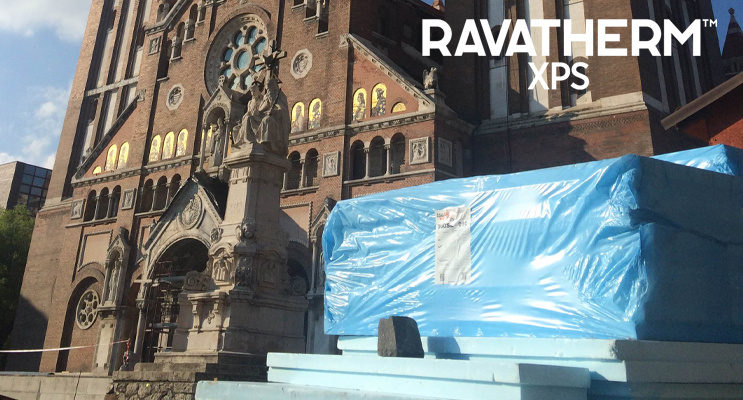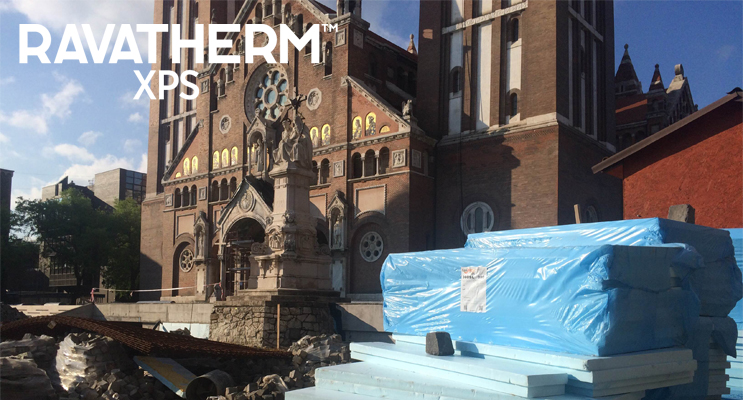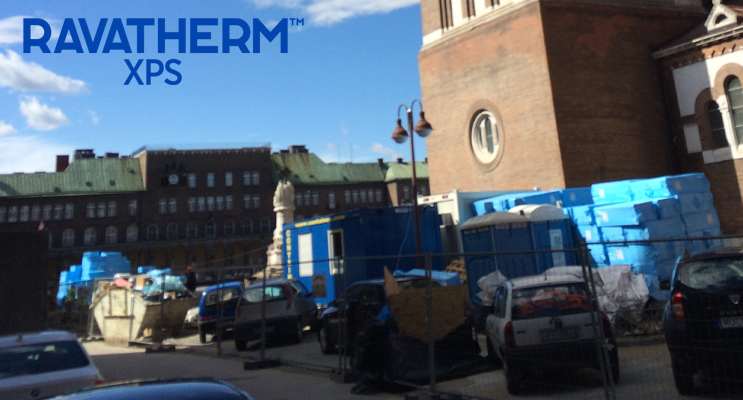When we hear about the Szeged Cathedral, the space around it also appears in our imagination. It is no coincidence that the Votive Church and the Duomo Square are closely intertwined, the most beautiful architectural works of the period between the two world wars, and the most emblematic ensemble of the city.
After the floods of 1879, the magistrates of Szeged vowed to build a church to escape the floods. The building, known as the Votive Church, was built according to the plans of Frigyes Schulek and Ernő Foerk, in neo-Romanesque style, modelled on the Cathedral of Sacré Coeur in Paris. Construction began relatively late in 1913 and was interrupted for some time due to the First World War. Thus, the construction was completed in 1926 with the finishing touches, and the church was consecrated in 1930. The Szeged Votive Church is the fourth largest cathedral in Hungary, the monumentality of which is further highlighted by the Dome Square, built by Béla Rerrich, which is also described as one of the “leg”, and the fact that one of the largest moving open-air stages in Europe is created here every summer.
The reconstruction of the Dome in Szeged began in 2014, it was realized from two billion forints EU funds. During the renovation, the exterior and interior damage to the church and its surroundings were repaired, as well as spaces for cultural and community events.
Parts of the temple and structures under the space have been given a new thermal insulation layer, which was designed to ensure that the insulating plates have a high pressure strength and are able to withstand the pedestrian traffic and vehicle loads during use, which is why our RAVATHERM XPS 500 SL product has been chosen. RAVATHERM XPS is also thermally insulated with the slab and side wall of the Foreground, through which access to the reception area of the subchurch and the service unit of the open-air stage is also provided.
The closed cell structure was of great importance for civil engineering, because the plates were placed at a depth of 3 to 4 meters. Since the primary application of the insulating plate here was to heat protect the cellar side walls, it was also important to have waterproof material on the outside of the walls. Of course, thermal insulation also performs its secondary function, protecting the waterproofing layer from mechanical damage.
The summer space will also host the Szeged Open Air Games, one of the most successful outdoor events in Europe.



